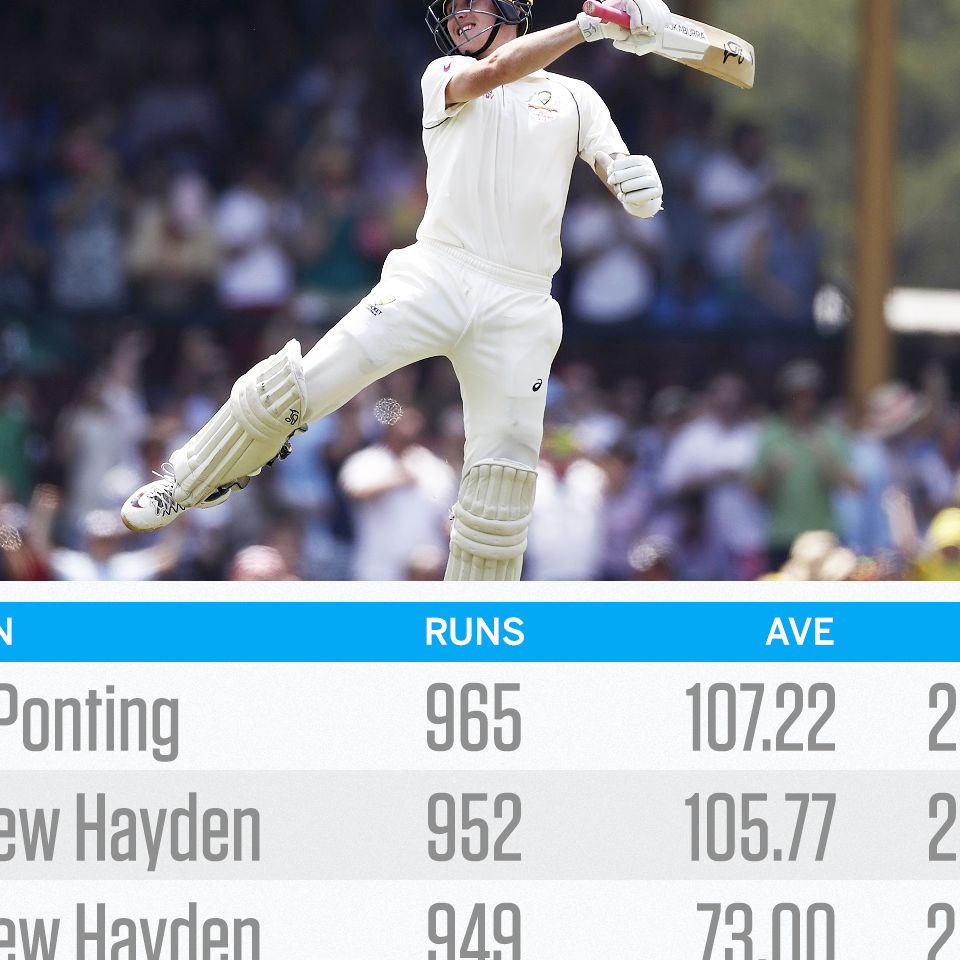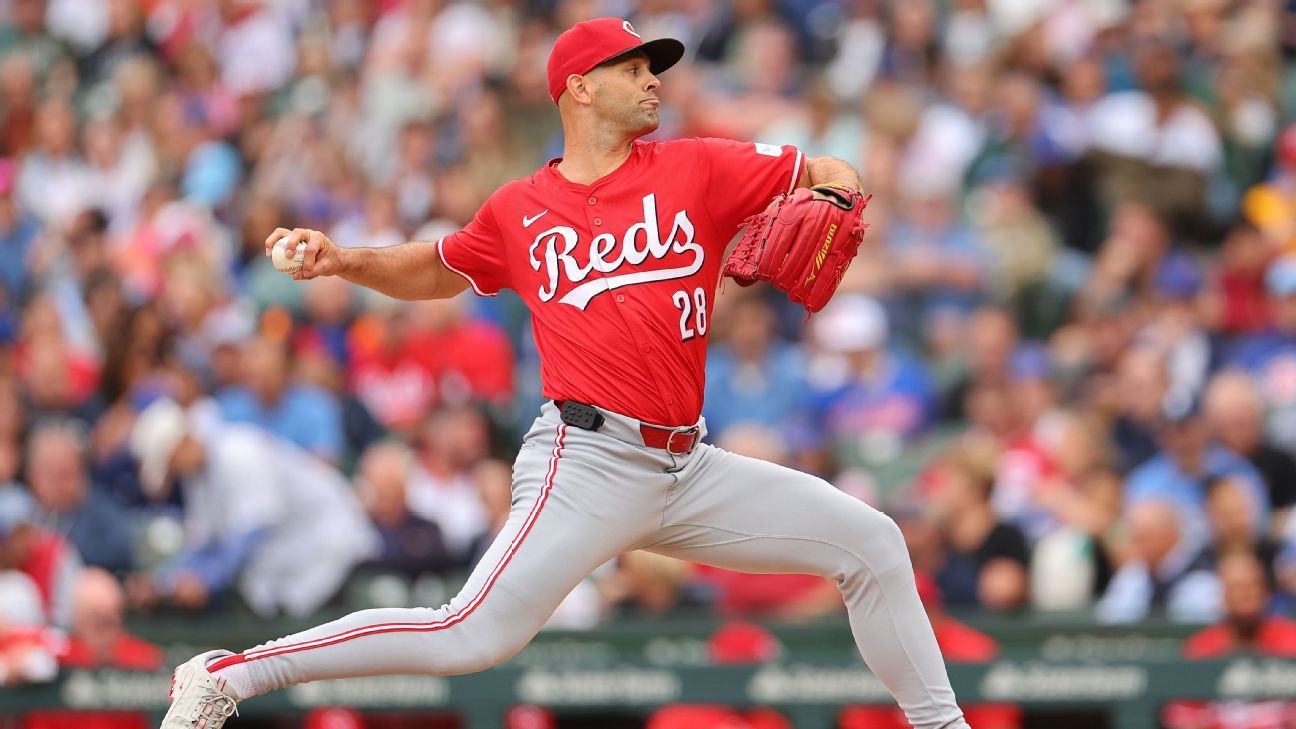
For a team that only recently had become uncomfortably well acquainted with defeat, Australia's 5-0 sweep of Pakistan and New Zealand was a breath of the sort of rarified air once occupied by the national team coach Justin Langer when he was an integral part of the (almost) all conquering XI led by Ricky Ponting.
Certainly it has been a season in which the likes of Marnus Labuschagne, Travis Head, Tim Paine and Mitchell Starc have made significant leaps forward as cricketers, while David Warner, Steven Smith, Nathan Lyon and Pat Cummins turned in displays to underline why they were already Test match players of top quality.
Nevertheless, the truest measure of the successes in 2019-20 will be how Tim Paine's side uses it as a jumping off point to greater challenges, starting with a Test series in Bangladesh in mid-year, and then the duo of series against India and South Africa that will ultimately determine whether they reach the inaugural World Test Championship final in England in 2021.
ALSO READ: After perfect home summer, Tim Paine sets sights on 'mouth-watering' contest against India
History tells a tale that such summers, when outmatched opponents are swatted aside and Australia's cricketers are made to look like legends, can foreshadow complacency and hefty defeats as often as they become the foundation on which greatness is achieved. The unbeaten seasons of 2004-05 (preceding the loss of the Ashes in England), 2009-10 (followed by an Ashes hammering from Andrew Strauss' men at home) and 2015-16 (the forerunner to five Test defeats in a row) all turned out to be fools' paradises.
So perhaps the best way to look at Australia's results in these five Tests is less in terms of runs and wickets, but for what has been learned, and what more development is required to firm up not only the positions inside the first XI, but those on a fringe that will be more vital over the next 18 months.
At the top of the order, the selectors returned to Joe Burns after rather a lot of experimentation with others, and were rewarded with a strong sequence of partnerships with Warner, even if Burns himself did not exactly flourish himself. Opening stands of 222, 8, 40, 1, 62, 39 and 107 this summer, at an average of 68.42, meant that Labuschagne only had to walk out to face the brand new ball twice in five Tests, the sort of ratio any No. 3 would relish.
More problematic was evidence that Burns, against more precise seam and swing bowling, will be a chance of early dismissal due to a combination of indecisive early footwork and a tendency to drive at the full ball on impulse. He has between now and May to work on that issue, starting with the final bracket of this season's Sheffield Shield for Queensland.
Less clear is the question of who might line up to replace Burns should the need arise. After his Ashes misadventures, Marcus Harris has been serviceable for Victoria, but Matthew Renshaw and Cameron Bancroft have floundered for their states and the likes of Jake Weatherald and Daniel Hughes have not quite done enough to merit another look. When the time comes for Australia A to face England Lions in February, it will be intriguing to see whether the selectors look elsewhere - perhaps to a promotion for Will Pucovski, latterly Victoria's No. 3.
Labuschagne was, of course, the summer's most revelatory story, even if he never quite faced the sorts of challenges that he had already stood up to in England. A ravenous appetite for cricket in general, and batting in particular, was allied to a fundamental soundness of technique and strength of mentality to reap 896 runs in seven innings, and in doing so gain confidence and stature. Langer has spoken of how Labuschagne grew in respect among his team-mates when he substituted ably for Smith at Lord's last year; this summer has done the same for the Australian public.
In part due to the contributions of those above, Smith had a quieter homecoming summer than Warner following their Newlands bans, but still played a vital role in forming partnerships and soaking up balls. It was a role that did not necessarily enhance his dollar value for sponsors, but was of great importance to the team and a tremendous example of what a team-focused senior player can do as the glue between younger teammates. Langer had plenty of praise for him.
ALSO READ: Steven Smith earns his runs in Marnus Labuschagne's summer
"Don't underestimate the impact Steve Smith had on this series," he said in Sydney. "He didn't get the big hundreds and the big accolades but he chewed up a lot of balls when it really mattered in the first innings. He was outstanding without doing the superhuman stuff he did in during the Ashes but he had a great series."
In the middle order, Head and Matthew Wade found themselves occasionally feeling as underemployed as Nos. 5 and 6 batsmen often do in the Big Bash League. Head's journey from Perth, and a wasteful dismissal shortly after he passed 50, to Melbourne and a much sterner approach to his second Test century to capitalise on the earlier good work of Labuschagne and Smith has the potential to be a transformative one, even if he still has some technical work to do against balls angled into his stumps.
Wade, at 32, hinted at a major innings more than once, and his angry slap of the bat on the ground when out for 22 at the SCG confirmed he remains well aware that in terms of both age and performance he is currently the team's most expendable batsman. Should the selectors wish to move in a younger direction, perhaps towards Kurtis Patterson, Wade will be vulnerable, but the lure of a settled team and its importance to the Test Championship bid may well see him kept on board for much the same reasons as Paine now appears locked in as captain.
By leading the side with growing confidence and consistency - most tellingly in how they were able to string wins together for the first time under his leadership - Paine answered most of the questions that lingered at the end of the Ashes. He remains a batsman more concerned with partnerships than making huge scores, although there was noticeable growth in how he tackled the team's position in the first innings of the MCG Test, playing the counter-attacking innings of a wicketkeeper feeling secure in himself and his batting, rather than digging in for survival. Age and a fickle right index finger mean that Alex Carey will never be too far away from Langer's thoughts, but for Paine there is now a clear goal and end point: Lord's in 2021.
Issues of batting and captaincy were of far more importance to Australia this summer than those around the bowling attack which, based on their high levels of achievement in England and for several years beforehand, was always going to be too much for Pakistan and New Zealand provided enough runs were made. But it was still notable how Starc was able to balance the economy he had been forced to focus upon during the Ashes with the cutting edge he has long provided in Australia. In purely match-winning terms, this was as significant for Australia as Labuschagne.
Cummins, Lyon and the interchanging Josh Hazlewood and James Pattinson otherwise provided consistently suffocating pressure, both on the opposing batsmen and the umpires adjudicating on their fates. If this was too much for Kane Williamson, then there will be desperately few other batsmen around the world capable of standing up to them. Given the trials prior to the summer and those that still await, among the best elements of it all for Australia was that, save for Hazlewood's torn hamstring, the bowlers emerged without major injuries.
They were helped by what may, all in all, be the greatest gain of the summer: a settled team support staff around Langer. The arrival of Andrew McDonald as senior assistant, the utilisation of Troy Cooley as pace bowling coach and the quiet counsel of Ben Oliver behind the scenes gave Langer the kind of strong, trusted group he yearned for, and meant that if there were any problems for the team, they arose more from Australian cricket's federal structure than in the dressing room itself. That McDonald will lead the team to India for a white-ball tour while Langer rests says much for how the senior coach now feels comfortable enough to delegate after two grueling years in the chair.
How, then, will Australia's cricketers remember 2019-20? As a lot of fun, for sure, and a source of great confidence too. But it won't be until they discover how they can stand up to Bangladesh, India and South Africa in 2020-21 that the truth of this summer's Test matches will actually be known.















 Phone: (800) 737. 6040
Phone: (800) 737. 6040 Fax: (800) 825 5558
Fax: (800) 825 5558 Website:
Website:  Email:
Email: 






